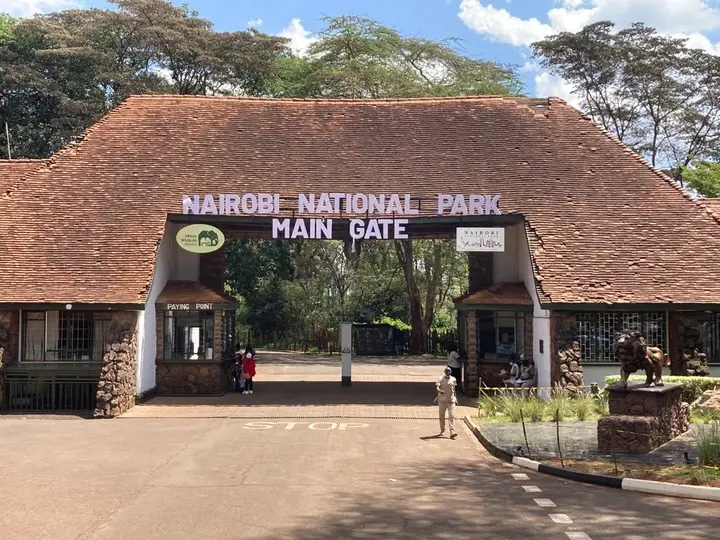
THE KENYA WILDLIFE SERVICE OFFERS FREE ENTRY ON THE 27TH DAY SEPTEMBER 2025 AS THEME GOES: TOURISM AND SUSTAINABLE TRANSFORMATION. EVENT WILL BE HOSTED IN MALEKA, MALAYSIA.
On a bright morning in late September, anticipation was high across Kenya. Tourism and Wildlife Cabinet Secretary Rebecca Miano had, just a few days earlier, declared that Saturday, 27 September 2025, would be a special day: to mark United Nations World Tourism Day, the government would waive entrance fees for all Kenyan citizens at Kenya Wildlife Service‑managed national parks, reserves, and sanctuaries. The theme for that year—“Tourism and Sustainable Transformation”—set the tone. The goal was not merely to encourage people to visit the parks but to deepen a sense of national pride and responsibility for Kenya’s wildlife heritage and ecosystems. It was an invitation: to reconnect with the country’s untamed beauty, appreciate the natural treasures, and support conservation efforts by simply being present in the wild. In the days leading up to 27 September, KWS issued guidelines to ensure the free‑entry day ran smoothly. Citizens were urged to carry valid identification, particularly national ID cards. Entry would be allowed in the early hours—around 6:00 a.m., with gates closing at 6:30 p.m. Vehicles would be the mode of access to most national parks and reserves, while certain wildlife facilities, such as Nairobi Animal Orphanage, Nairobi Safari Walk, and Kisumu Impala Sanctuary, would allow on‑foot entry. However, the waiver did not cover all activities. The free entry was restricted to game drives and wildlife viewing—activities that do not require extra infrastructure or guides. Special offerings, such as guided tours, camping, and other organized events, would still incur charges. These distinctions were made to balance the festive mood of the day with the realities of park maintenance and resource needs. Kenya Wildlife Service and the Ministry also emphasized that while the gates would open wide, rules and regulations remained in force. Visitors were reminded to obey park staff, avoid behaviors that could endanger wildlife or themselves (such as leaving vehicles in undesignated areas, making loud noises, or littering), and to use designated roads within the parks. Security and traffic control measures would be heightened to cope with likely larger crowds. Behind the scenes, this free‑entry initiative also played a strategic role: as part of broader reforms and policy proposals underway, including draft regulations for fees in “Wildlife Conservation and Management (Access and Conservation Fees)” for 2025. The government saw such events as not only benefiting ordinary citizens but helping to build awareness and support for policies that would generate revenue for conservation, park infrastructure, and support to communities near wildlife areas. When the day came, Kenyans were expected to flood the parks—to explore, learn, photograph, breathe in the wilderness, to share time with family and friends under acacia trees, among elephants, birds, and open skies. And though the full tally of visitors on 27 September 2025 had not yet been published in the sources I surveyed, past instances of free entry days (such as in 2024) had drawn tens of thousands of visitors and shown that many citizens eagerly embrace the chance when given access to the wild without cost.

